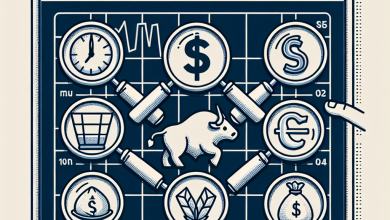
China’s Stimulus Falls Short for BofA to Become More Bullish on European Stocks
Recent stimulus measures implemented by the Chinese government have provided a boost to European stock markets; however, Bank of America’s outlook for equities in the region remains pessimistic.
In September, Beijing introduced a comprehensive set of policies, including a significant reduction in interest rates and a decrease in existing mortgage costs, aimed at revitalizing China’s struggling economy and fragile housing sector.
Additionally, the People’s Bank of China launched a swap program with an initial value of 500 billion yuan, intended to facilitate access to funding for funds, insurers, and brokers to invest in stocks. The central bank also announced it would extend up to 300 billion yuan in low-interest loans to commercial banks to support share purchases and buybacks by publicly listed companies.
In a recent communication to clients, analysts at Bank of America observed that the pan-European Stoxx 600 index has increased by approximately 2%-3%, reaching a new record high since the announcement of the stimulus measures, with sectors linked to China showing particularly strong performance. European luxury brands, which heavily depend on sales in the Chinese market, were notable beneficiaries.
Despite the potential benefits of these support policies for China in the coming months, the analysts from Bank of America cautioned that the extent of any growth remains uncertain. They indicated ongoing concerns regarding the downward trend in eurozone manufacturing and services activities.
Their macroeconomic projections suggest rising equity risk premiums and a decline in earnings expectations, implying a potential drop of nearly 15% for the Stoxx 600 to 450 by the second quarter of next year, along with a 10% renewed underperformance for European cyclical stocks compared to defensive ones.
The analysts highlighted their preference for underweights in cyclical sectors most affected by increasing risk premiums that have not yet experienced the broader cyclical weakness since summer, such as banks and capital goods. Conversely, they favored an overweight position in defensive sectors like food and beverages, which are currently viewed as carrying minimal macro risk. For cyclical hedges, they expressed continued interest in China-exposed cyclicals that have significantly corrected over the summer, including luxury goods and semiconductor firms.
 GOOGL
GOOGL  META
META 


